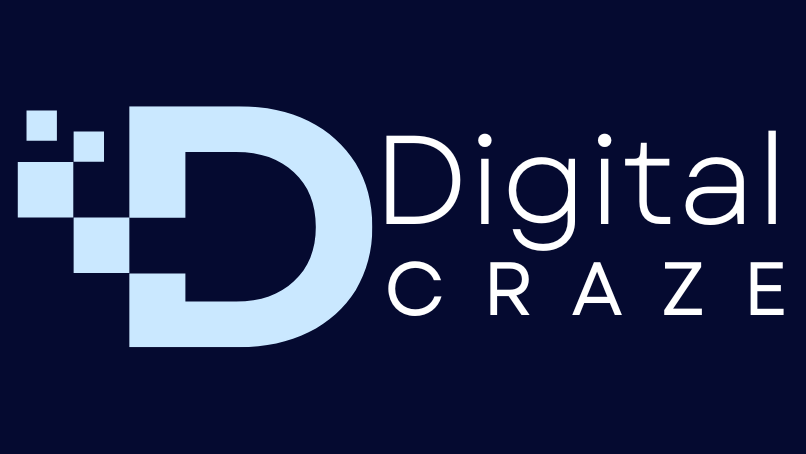In the rapidly evolving world of artificial intelligence, a new trend is emerging that’s challenging the notion that bigger is always better. Small Language Models (SLMs) are making waves in the AI community, offering impressive capabilities in a more compact and efficient package.
What Are Small Language Models?
Small Language Models are AI systems designed to understand and generate human-like text, similar to their larger counterparts like GPT-3 or GPT-4. However, SLMs are built with significantly fewer parameters, typically ranging from a few hundred million to a few billion, compared to the hundreds of billions in larger models.
The Advantages of Going Small
Efficiency and Speed
One of the most significant benefits of SLMs is their efficiency. They require less computational power and memory, making them faster to run and more cost-effective. This efficiency allows for broader deployment across various devices, including smartphones and edge devices.
Reduced Environmental Impact
Smaller models consume less energy, aligning with the growing concern for AI’s environmental footprint. This makes SLMs a more sustainable choice for many applications.
Improved Privacy
With their ability to run on local devices, SLMs can process data without sending it to external servers, enhancing user privacy and data security.
Faster Training and Updates
SLMs can be trained and fine-tuned more quickly than their larger counterparts, allowing for more rapid development and deployment of AI solutions.
Applications of Small Language Models
SLMs are finding applications across various domains:
- Mobile AI: Powering smart assistants and language processing on smartphones.
- IoT Devices: Enabling natural language interfaces for smart home devices.
- Business Applications: Providing efficient solutions for customer service chatbots and content generation.
- Education: Creating personalized learning experiences and language tutoring tools.
- Healthcare: Assisting in medical transcription and patient communication.
Notable Small Language Models
Several tech giants and startups are investing in SLM development.
Microsoft’s Phi-3: A family of small language models ranging from 3.8 to 14 billion parameters, demonstrating impressive performance across various tasks.
Google’s LaMDA-Small: A more compact version of Google’s conversational AI, designed for efficiency without compromising too much on capability.
OpenAI’s GPT-2 Small: While not the newest, it remains a benchmark for many SLM developments.
Challenges and Limitations
While SLMs offer numerous advantages, they do have limitations:
- Reduced Capability: SLMs may struggle with more complex tasks or nuanced understanding compared to larger models.
- Limited Knowledge Base: With fewer parameters, SLMs have a more constrained knowledge base.
- Task Specificity: Some SLMs are highly specialized, performing well in specific domains but lacking versatility.
The Future of Small Language Models
The development of SLMs is an active area of research and innovation. As techniques improve, we can expect to see:
- Enhanced Performance: Continued improvements in efficiency and capability, narrowing the gap with larger models.
- Wider Adoption: Increased use in everyday devices and applications, making AI more accessible.
- Specialized Models: More task-specific SLMs optimized for particular industries or applications.
- Hybrid Approaches: Combinations of small and large models to balance efficiency and capability.
What to expect from Small Language Models
Small Language Models represent a significant shift in AI development, challenging the “bigger is better” paradigm. By offering efficient, accessible, and privacy-friendly AI solutions, SLMs are paving the way for more widespread and sustainable AI adoption. As research continues, these compact powerhouses are set to play an increasingly important role in shaping the future of artificial intelligence.As we move forward, the balance between model size and performance will likely be a key focus in AI research, with SLMs at the forefront of this exciting new frontier.
